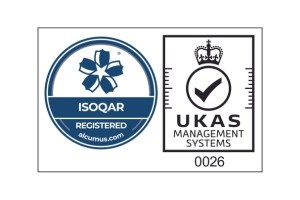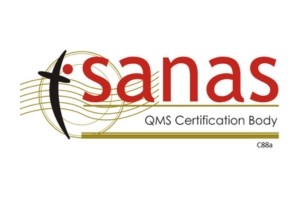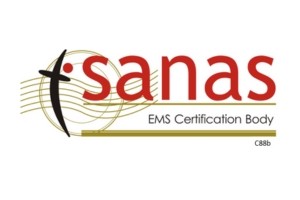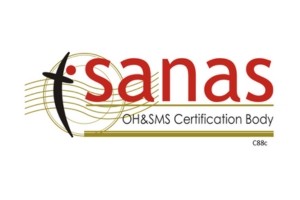Allocate the right roles to the right process, and everything tends to fall into place.
However, get it wrong, and your whole system will lack direction and ultimately fail to deliver.
ISO 9001:2015, ISO 14001:2015 and ISO 45001:2018 International Management System standards requires that, top management should ensure that the responsibilities and authorities for relevant roles within the OH&S management system are assigned and communicated at all levels within the organization and maintained as documented information.

Before we begin, let’s clarify some definitions:
Role: is the defined or expected behavior associated with a particular position, function or status in an organization.
Responsibility : The duty, obligation and accountability for the performance of assigned duties, tasks and activities.
Authority : The power or right to control, command, issue orders, make decisions, assign resources, delegate, and ensure compliance to company policies and practices.
Accountability means taking responsibility for and accepting the consequences of your actions in achieving results and proving it to others.
In English
Think of your management system as being an automobile. Just like a car, your management system requires numerous parts of an organisation to work together in order for it to run effectively. The steering wheel, the accelerator and the brakes are the CEO. They steer, accelerate and break the organisation when required. Their role is to ensure that the organisation is meeting the rules required and that it’s making progress in the right direction. The mirrors, wheels and lubricants are the supervisors that help hold the company together by ensuring the plans are met. The staff are the engine-room of the business. They have the horsepower to perform the majority of the work in meeting the customers’ needs and expectations.
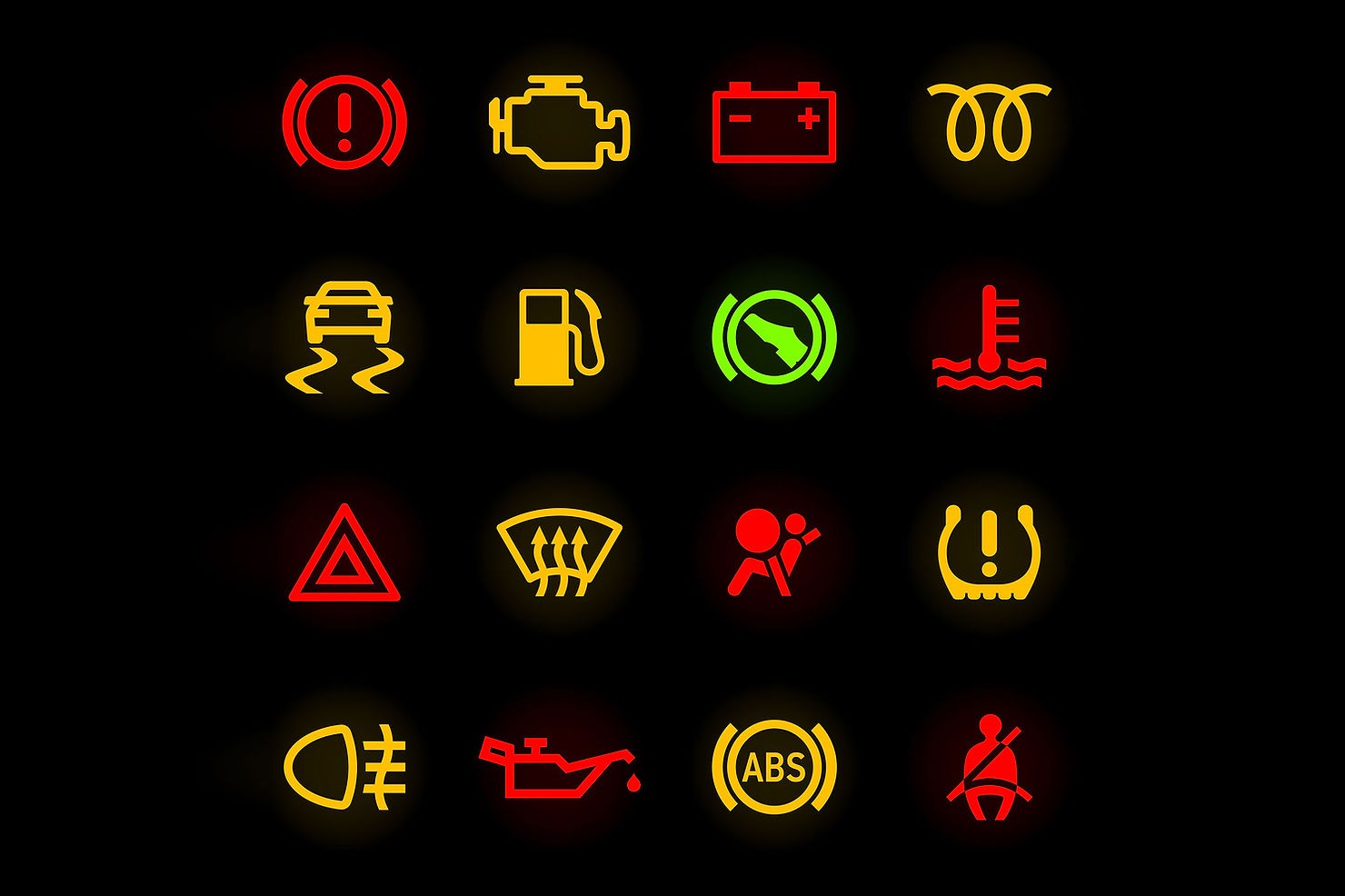
Although the new versions of the ISO standards does not specifically require any documentation, these standards does require that to the extent necessary, the organization must maintain documents and records to support the Management System.
Organization charts, job descriptions, procedures, work instructions, responsibility matrices, etc, are typically some of the many ways that top management may use to define and document its organizational framework and associated duties, roles, responsibilities and authority.

These must be communicated and deployed, as applicable, throughout the organization. Induction Modules; operational manuals, appointment postings; sign-off on job descriptions; job training on procedures and work instructions, etc, are some of the many ways to accomplish this.
The organization structure and lines of reporting; responsibility and authority of managerial functions and departments must be established by top management (business planning) and the responsibilities and authorities for the rest of the organization may be established by the Head of Departments working with various process owners. Again, this would depend on the size, complexity and culture of the organization.
Join our mailing list to receive upcoming posts: http://www.isoqar.co.za/

